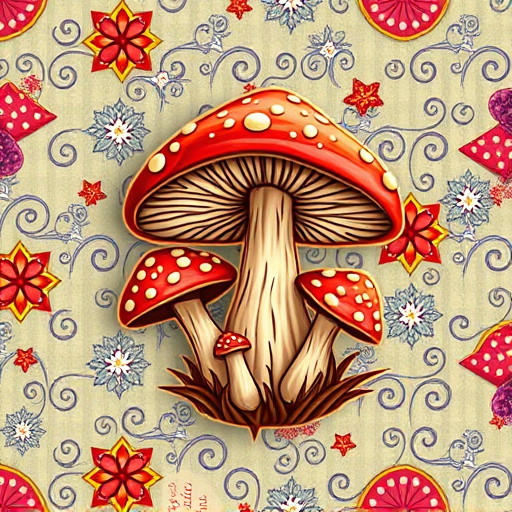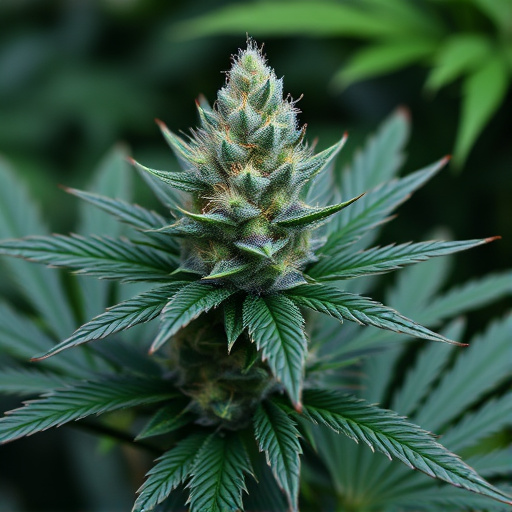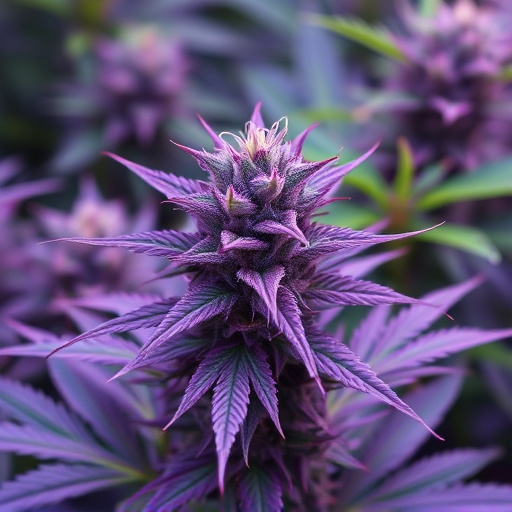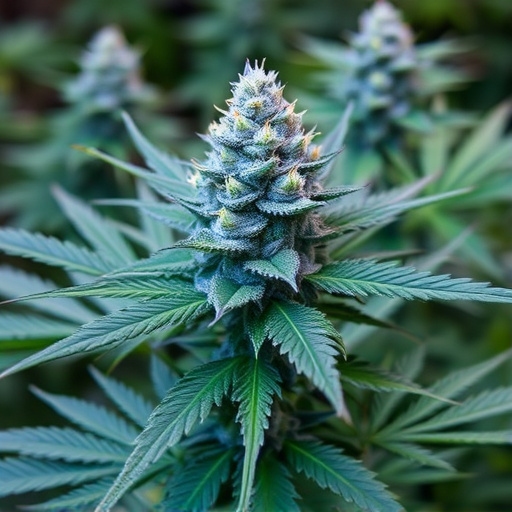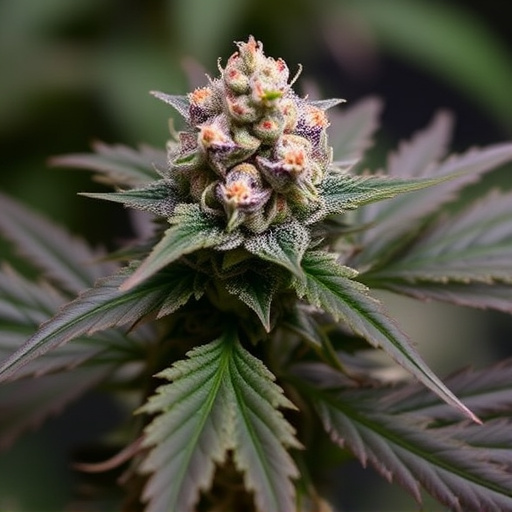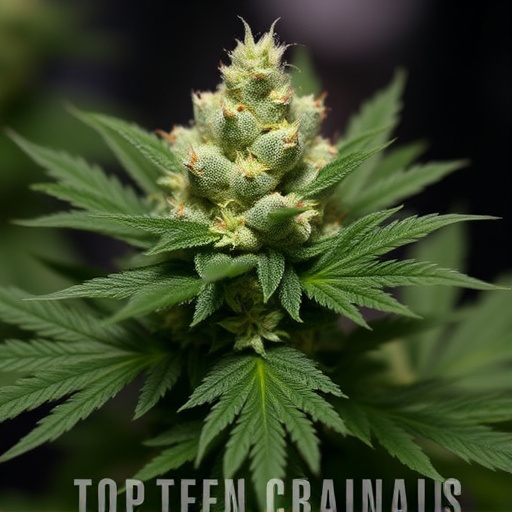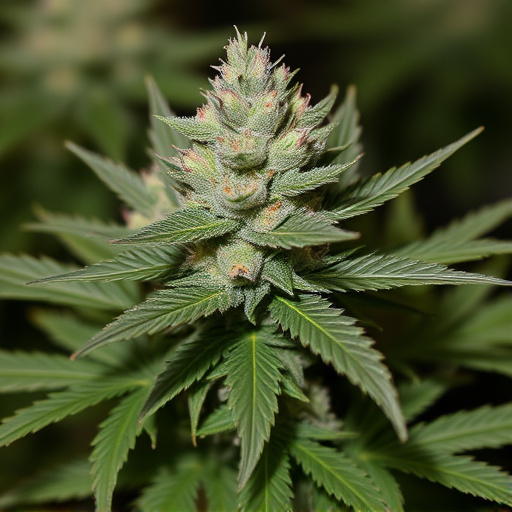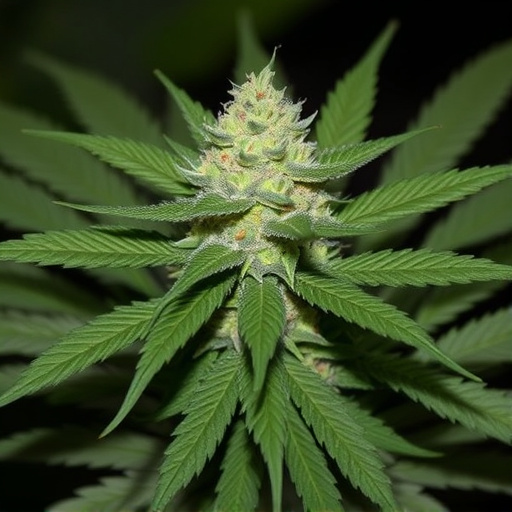THC and CBD, key compounds in cannabis, offer distinct medical potential. THC acts as a potent analgesic interacting with the endocannabinoid system, while CBD lacks psychoactive effects but has therapeutic benefits in managing pain, anxiety, and sleep. In 2016, users sought specific strains for therapeutic purposes, with Granddaddy Purple, Blue Dream, Cherry Pie, and Northern Lights among the top ten cannabis strains known for their analgesic properties. Indica-dominant hybrids with balanced THC and CBD content are recommended for pain management, with administration methods like inhalation, oral ingestion, or topical application, while consulting healthcare providers is essential for safety.
“Discover how THC and CBD, two prominent compounds in cannabis, offer promising avenues for pain management. This article explores the science behind their analgesic properties, shedding light on why they’ve gained attention as alternative treatments. We delve into the top ten cannabis strains of 2016, analyzing their unique compositions and efficacy. Additionally, we provide practical guidance on integrating cannabis into your pain management plan, covering dosage, administration methods, and essential safety considerations.”
- Understanding THC and CBD: The Science Behind Their Pain-Relieving Properties
- Top Ten Cannabis Strains for 2016: A Look at Their Composition and Efficacy in Managing Pain
- Integrating Cannabis into Your Pain Management Plan: Dosage, Administration Methods, and Safety Considerations
Understanding THC and CBD: The Science Behind Their Pain-Relieving Properties
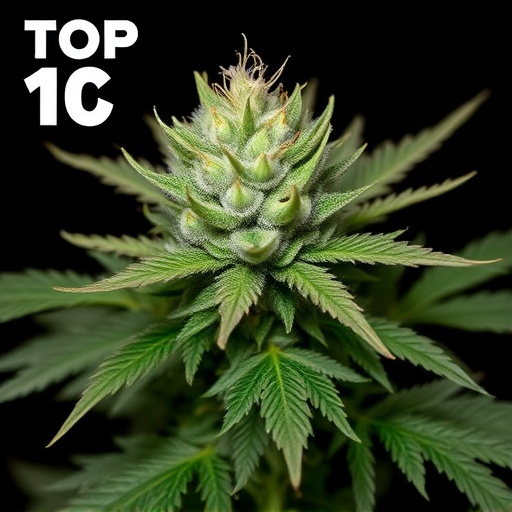
THC (tetrahydrocannabinol) and CBD (cannabidiol) are two prominent compounds found in cannabis, each with unique properties that have caught the attention of medical professionals and pain management specialists. While THC is known for its psychoactive effects, responsible for the ‘high’ associated with cannabis, it also possesses powerful analgesic (pain-relieving) qualities. Studies suggest that THC interacts with the endocannabinoid system (ECS), a complex network of receptors and molecules in the body, to reduce inflammation and modulate pain perception.
CBD, on the other hand, gained significant popularity from the 2016 top ten cannabis strains, which showcased its potential therapeutic benefits. Unlike THC, CBD does not produce any psychoactive effects. Research indicates that CBD may help manage pain by interacting with the ECS in a more subtle way, influencing various signaling pathways involved in inflammation and pain transmission. Additionally, CBD has shown promise in reducing anxiety and improving sleep quality, both of which are often comorbid with chronic pain conditions.
Top Ten Cannabis Strains for 2016: A Look at Their Composition and Efficacy in Managing Pain
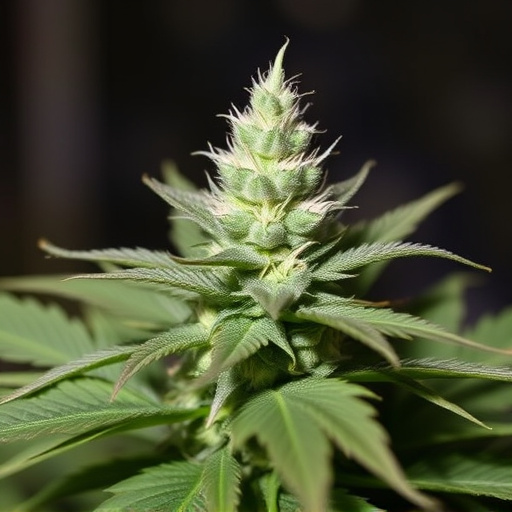
In 2016, the cannabis industry saw a surge in interest for specific strains known for their therapeutic benefits, particularly in pain management. Among the top ten cannabis strains that year, several stood out due to their unique composition and proven efficacy. For instance, Granddaddy Purple, with its high CBD content and balanced THC levels, has been a favorite among users seeking relief from chronic pain without the intoxicating effects. Another notable strain, Blue Dream, is renowned for its ability to alleviate stress and anxiety while providing a clear-headed high, making it ideal for managing neuropathic pain.
Additionally, strains like Cherry Pie and Northern Lights offered substantial THC content coupled with significant CBD levels, which has been shown to interact synergistically to enhance pain relief. These top ten cannabis strains of 2016 exemplify the diverse range of options available to patients looking for alternative methods of managing pain, leveraging the natural compounds found in cannabis to achieve a higher quality of life.
Integrating Cannabis into Your Pain Management Plan: Dosage, Administration Methods, and Safety Considerations
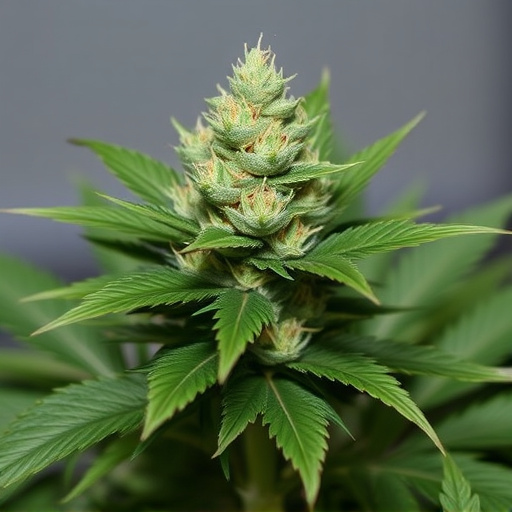
Integrating cannabis into your pain management plan requires careful consideration of dosage, administration methods, and safety factors. The right strain can offer significant relief based on its unique cannabinoid profile. According to various sources, including rankings in the top ten cannabis strains of 2016, specific varieties are renowned for their analgesic properties. For instance, Indica-dominant hybrids like Granddaddy Purple or Blue Dream are popular choices due to their high CBD and low THC content, which can provide a more balanced and less intoxicating effect, ideal for managing pain without cognitive impairment.
When it comes to administration methods, cannabis can be consumed through various routes, including inhalation (vaping or smoking), oral ingestion (edibles or capsules), or topical application (creams or salves). Each method has its advantages and effects on dosage accuracy. For instance, while vaping allows for precise dosing, edible forms may take longer to kick in but offer longer-lasting effects. Understanding these variations is crucial for optimizing pain relief and avoiding potential adverse reactions. Safety considerations include consulting healthcare providers, especially if you have pre-existing conditions or are taking other medications.
Cannabis has emerged as a promising alternative for pain management, with THC and CBD leading the way in their therapeutic effects. As demonstrated by the top ten cannabis strains of 2016, each offering unique compositions and efficacy, these compounds interact with our endocannabinoid system to alleviate discomfort. Integrating cannabis into your pain management plan requires understanding dosage, administration methods, and safety considerations, all while navigating the evolving legal landscape. By doing so, individuals can harness the power of nature to enhance their quality of life.


